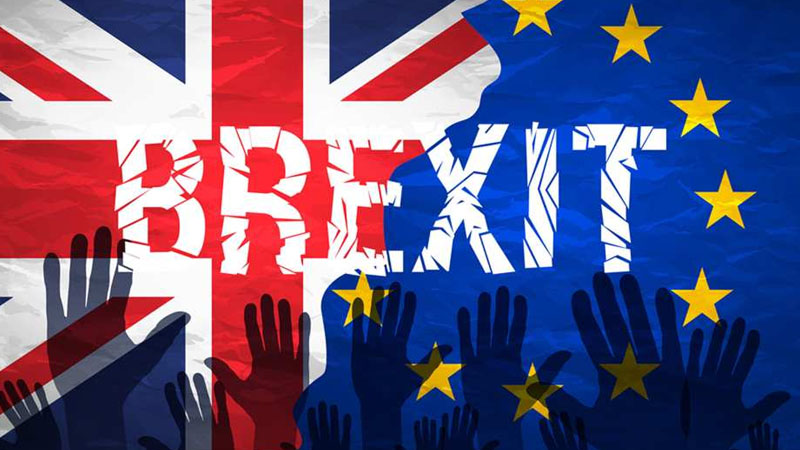From past to present, Brexit in a capsule

Brexit, that stands for ‘Britain’ and ‘Exit’, is the imminent withdrawal of the United Kingdom (UK) from the European Union (EU), which is an economic and political partnership of 28 European countries. On 23 June 2016, a referendum took place in which, with 51.9% votes, decided that the UK should leave the EU. More than 30 million people voted in the referendum.
David Cameron, who set up a date for the referendum and was campaigning for Britain to remain within a “reformed EU”, announced that he will resign from the position of Prime Minister by the start of the Conservative Party Conference in October 2016, hours after the result of the referendum came out. “I do not think it would be right for me to try to be the captain that steers our country to its next destination.”, Cameron said in one of his farewell party. He then held a final cabinet meeting on 12 July 2016, followed by a final Prime Minister’s Questions and then on 13 July, submitted his resignation to the Queen.
Later, Theresa May became the Prime Minister and she was against the UK leaving the EU. She said, “no deal is better than a bad deal. We have to be prepared to walk out” and mentioned that she would be willing to leave the EU without a deal, before the 2017 UK general elections. May proposed a 585-page long withdrawal agreement which included points such as, Britain’s financial settlement with the EU to meet agreed on commitments and a mechanism to prevent a “hard border” on the island of Ireland. The deal proposed has been rejected recently by a whole of 230 votes.
After accepting her defeat, Theresa May faced a no-confidence vote from Labour leader Jeremy Corbyn, which means if a majority of MPs votes for the motion, “That this House has no confidence in Her Majesty’s Government,” then the UK general elections, which were due in 2022, will be held now.
The former foreign secretary, Boris Johnson said in support of Theresa May that ‘It’s no particular cause for rejoicing for me, after all, I’ve been trying for so long to get the government back in the place the PM was in her Lancaster House speech last year.’
The confidence vote is expected to be held at about 19:00 GMT. May would require support from the majority of the MPs, if they go against her and she loses, then a 14-day countdown is triggered and it will be decided if someone else takes May’s place or the general elections will be held again. If MPs go in favour of May, she will continue running the company.





